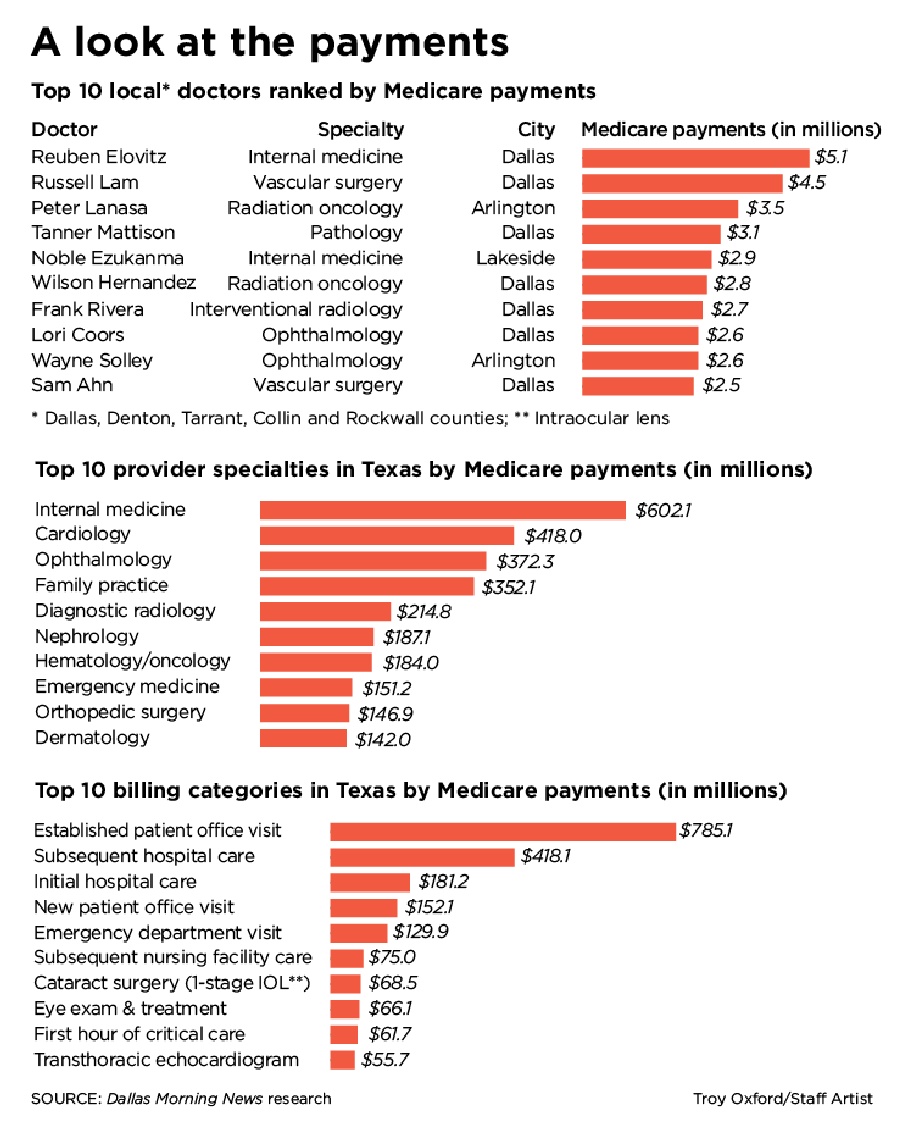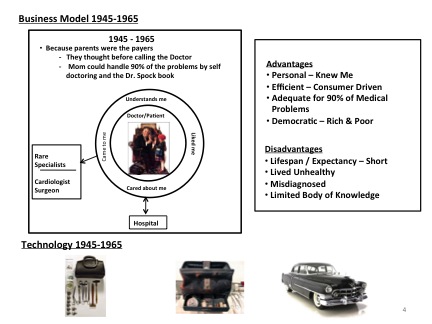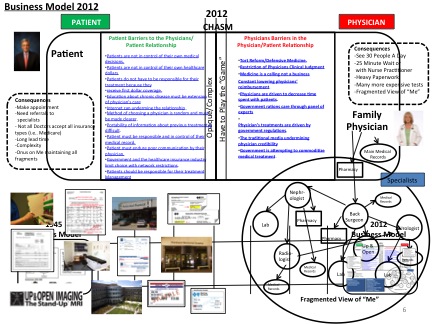Obamacare Is Increasing Health Savings Account Participation
Stanley Feld M.D.,FACP,MACE
Patients’ responsibility for their health and their healthcare dollars is one of the most important elements in a functioning and cost effective healthcare system.
Despite the fact that my ideal medical savings account (MSAs) would be more effective than health savings accounts (HSAs) in encouraging patient responsibility for their health and healthcare dollars, health savings accounts are flourishing because of Obamacare is costly and has taken freedom of choice away from individuals.
Devenir is a HSA Mutual Fund that accepts and invests HSA trust contributions and invests those contributions. Devenir just published a study that showed that:
“1. As of June 30, 2015, the number of HSAs had climbed 23% from the previous year to 14.5 million.”
“2. Account balances jumped 25% to approximately $28.4 billion over the same time period.”
In 2010 the year Obamacare was passed, there were 5.7 million HSAs with balances totaling $7.7 billion.
The Obamacare bronze plan is the least expensive federal health insurance exchange plan. Its coverage is poor and it has a high deductible that most people cannot afford.
The premium and deductible are only good for patients with pre-existing illnesses that have no other place to purchase insurance. That is the reason the demographic for enrollees from healthcare.gov is so poor.
The government is loosening the noose on HSAs even though it is still restrictive.
You must have a qualifying high-deductible health insurance policy — and no other general health coverage — to be eligible for this HSA contribution privilege. For 2015 and 2016, a high-deductible policy is defined as one with a deductible of at least $1,300 for self-only coverage or $2,600 for family coverage.
For 2016, qualifying high-deductible policies can have out-of-pocket maximums of as much as $6,550 for self-only coverage and $13,100 for family coverage. For 2015, these amounts are $6,450 and $12,900, respectively.
If you are eligible to make an HSA contribution for a tax year, the deadline is April 15 of the following year (adjusted for weekends and holidays) to open an account and make a contribution for the earlier year.”
The government has increased the maximum deductible in 2015 and continues to increase in 2016.
“ If you are age 55 or older as of the end of 2016, the maximum deductible contribution goes up by $1,000.”
More large companies are Increasingly offering workers high deductible health saving account. However, the employee is responsible for the high deductible and most of the plans are 70/30 coverage after the deductible is reached up to a maximum of $10,000.
Most large and small employers can afford to pay all or some of the high deductible and buy reinsurance for first dollar coverage beyond the deductible.
Both large employers and small employers are offering their employees health savings accounts. The full insurance premiums have become so high that employers are shifting the burden to employees by having the employee pay the deductible and the employer paying the reinsurance.
UnitedHealth has about 40 individual high deductible plans with 70/30 copays over the limit of the deductible. The maximum out of pocket cost is $10,000. The premium for a young married couple without kids is from $125 to $350 per month depending oo the deductible chosen. The premium increases with the number of children.
A great advantage to these plans now is that UnitedHealth has already negotiated the physicians’ and hospitals’ fees for you. The uninsured would pay retail price for the same services.
The cost to small to large companies is relatively difficult to find in an online search.
Most companies are self-insured and would not fall under the rigid coverage rules of Obamacare. The company can decide on the amount of the deductible they would pay for the employee.
The point of all this is health saving accounts are not as good as my ideal medical saving account. HSA’s do not provide enough incentive for employees or individuals to manage their health or healthcare dollars wisely as an MSA would.
A large defect in Obamacare is patients do not have incentive to be wise shoppers of their healthcare. They have restricted choice. They have little incentive to stay healthy because they have an entitlement program available that will take care of their expenses. There is no financial incentive for them to try and reduce the cost of healthcare.
If the consumers managed their health and healthcare dollars well the cost of healthcare would drop because the complications of chronic diseases would decrease to at least 50%.
If Republicans are looking for an alternative plan to the liberals’ and progressives’ inevitable march to a singe party payer system most of the infrastructure is already in place.
Only small modifications to the HSAs have to be made by the congress and the President and America would be on its way to a free market healthcare system.
This alternative healthcare system would align all of the stakeholders incentives including the government’s incentives, if the Obama administration did not want to increase its power by having more control over its people and its people’s freedom of choice.
My ideal Medical Saving Accounts would be democratic and cover everyone.
The opinions expressed in the blog “Repairing The Healthcare System” are, mine and mine alone.
All Rights Reserved © 2006 – 2015 “Repairing The Healthcare System” Stanley Feld M.D.,FACP,MACE






